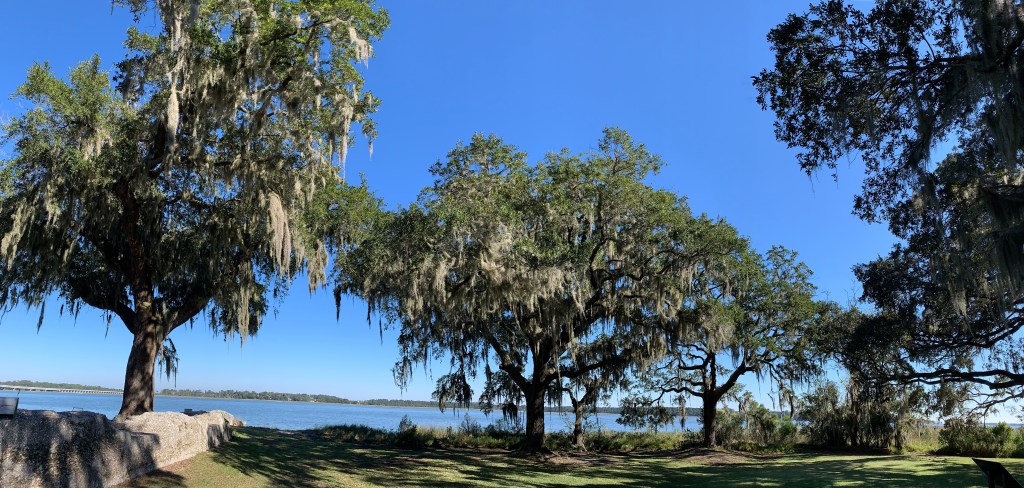
The first school for African Americans began in Boston in 1798, was named Abiel Smith in 1815 and joined the Boston Public School System in 1816. In 1847, Sarah Roberts was denied admission to a closer, better funded white school, and her father sued, hiring Robert Morris, an African American attorney. The case ended up being forcefully argued by Abolitionist Charles Sumner—who was later beaten with a cane in the US Senate—, but lost. However, five years after the verdict, Massachusetts voted to outlaw public school segregation in 1855, 100 years before the US Supreme Court. And black education advanced elsewhere, such as Wilberforce College, begun by the African Methodist Episcopal (AME) Church in 1856 in Ohio, the first college owned and run by African Americans.
That school desegregation law might not have come to pass if not for the extraordinary Frederick Douglass. Taught the alphabet as a 12 year old Maryland house slave, then denied further education and fiercely beaten, Frederick secretly taught himself to read and write. With the encouragement of Anna Murray, a free black woman from Baltimore, he escaped, married her and settled in Massachusetts. He joined the AME Zion Church (following Harriet Tubman and Sojourner Truth) and became a preacher in 1839. From then until his death 56 years later, Douglass was a paid speaker for Civil Rights. He befriended William Lloyd Garrison and began speaking to Abolitionists about his escape from slavery. He toured the northern states with the Anti-Slavery Society, and he toured Ireland and Great Britain, lecturing in churches. In England he befriended the Abolitionist Thomas Clarkson who got Parliament to end slavery in its colonies, and his English supporters bought Douglass’ freedom from his owner in Maryland. He returned to fight for abolition, desegregation and suffrage. Douglass wrote three best-selling autobiographies, and many readers were astonished that his speeches and books were the work of a former slave. He worked on the Underground Railroad with Tubman and with John Brown. During and after the Civil War he worked with Presidents. He fought for women’s suffrage. While not a traditional educator, Douglass changed many people’s minds, the most influential force for advancing Civil Rights in American History. In fact many of his works have not since been surpassed, such as his 1852 speech “What to the Slave is the Fourth of July?”
Emancipation brought an immediate need for schools, and northern churchgoing Abolitionist ladies, both white and black, went south to teach, even as the Civil War was just beginning. The Penn School was founded in South Carolina in 1862. Hampton University began as a ‘contraband school’, and attracted one ex-slave named Booker T. Washington to walk across Virginia to go to school. He founded the Tuskegee Institute in Georgia and hired another ex-slave named George Washington Carver, who would bring early bookmobiles or wagons loaded with techniques to improve agriculture into the fields to educate thousands of ex-slaves. Freedman Bureau schools were built along the border, including at Harpers Ferry, where Douglass and WEB DuBois lectured the children of slaves at Storer College. Booker T. Washington met Sears philanthropist Julius Rosenwald, whose parents lived next to self-educated Abe Lincoln, and in 1911 they began building 5,000 Rosenwald Schools across the south.
While desperately needed, education was starkly unequal, and white teachers often had different expectations and goals for African American children. In Native American schools, education meant cultural obliteration, as native languages, songs, oral histories, traditions and cultural connections were severed, punished and often lost. Education needs people who respect, support and celebrate their students, culture and communities. Carter G. Woodson—the only Harvard History PhD whose parents had been enslaved—understood that, and he went on to lead the national education movement for African Americans in Washington DC, nationally raising standards, publishing, and mentoring future leaders, like educator and presidential advisor Mary McLeod Bethune. Dr Woodson believed that African American History needed to be studied and understood, and it is largely due to his efforts that we have Black History Month.
Ultimately, the Supreme Court had to decide that segregated schools were unfair, damaging to black children and unconstitutional, in Brown v Board (see community mural above). In Texas there’s a segregated school for Mexican American children, shut down after Brown, that shows an unequal school. Desegregation led to race riots at Little Rock Central High School, and Eisenhower sent in the 101st Airborne to walk black children to school.
Education is still too segregated in the US, and recent studies suggest racial disparities in education are now getting worse, especially as the Supreme Court no longer enforces Civil Rights laws effectively. For hundreds of years it was illegal for slaves to learn. No reading, no math, no writing, just the darkest ignorance, enforced by the whip. The men and women who struggled to lift themselves and others out of that darkness, knew the value of education for themselves and their children. Our teachers perform this heroic task every day, with little recognition, fighting against the cruelty of ignorance. Anne Sullivan brought Helen Keller out of darkness by teaching, becoming the first woman interred at the Olmsted designed National Cathedral, followed by her most famous student. We have traveled a great distance on the road to educational equality, but we must not turn back. We must keep teaching and learning and not stop until we get there.
“Thus the thoughtless drift backward toward slavery.”
Carter G. Woodson, from The Mis-Education of the Negro


